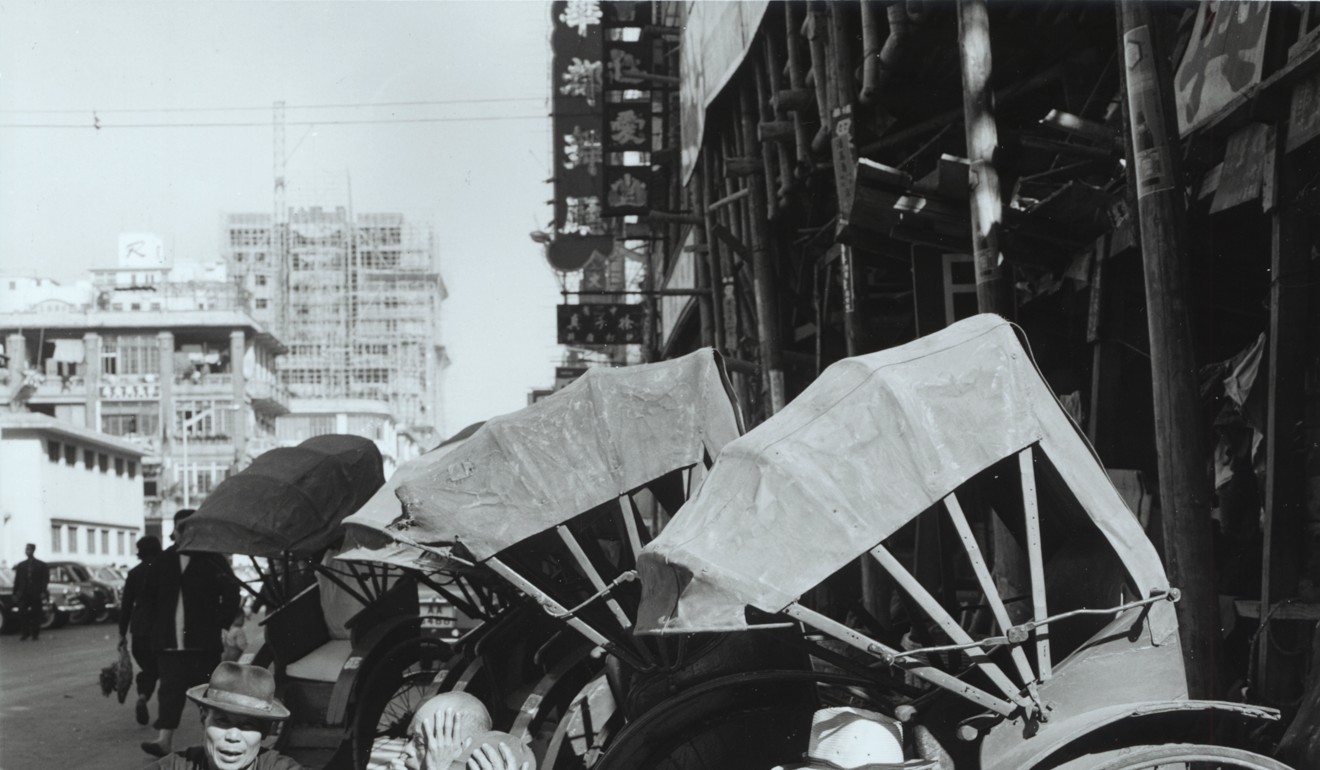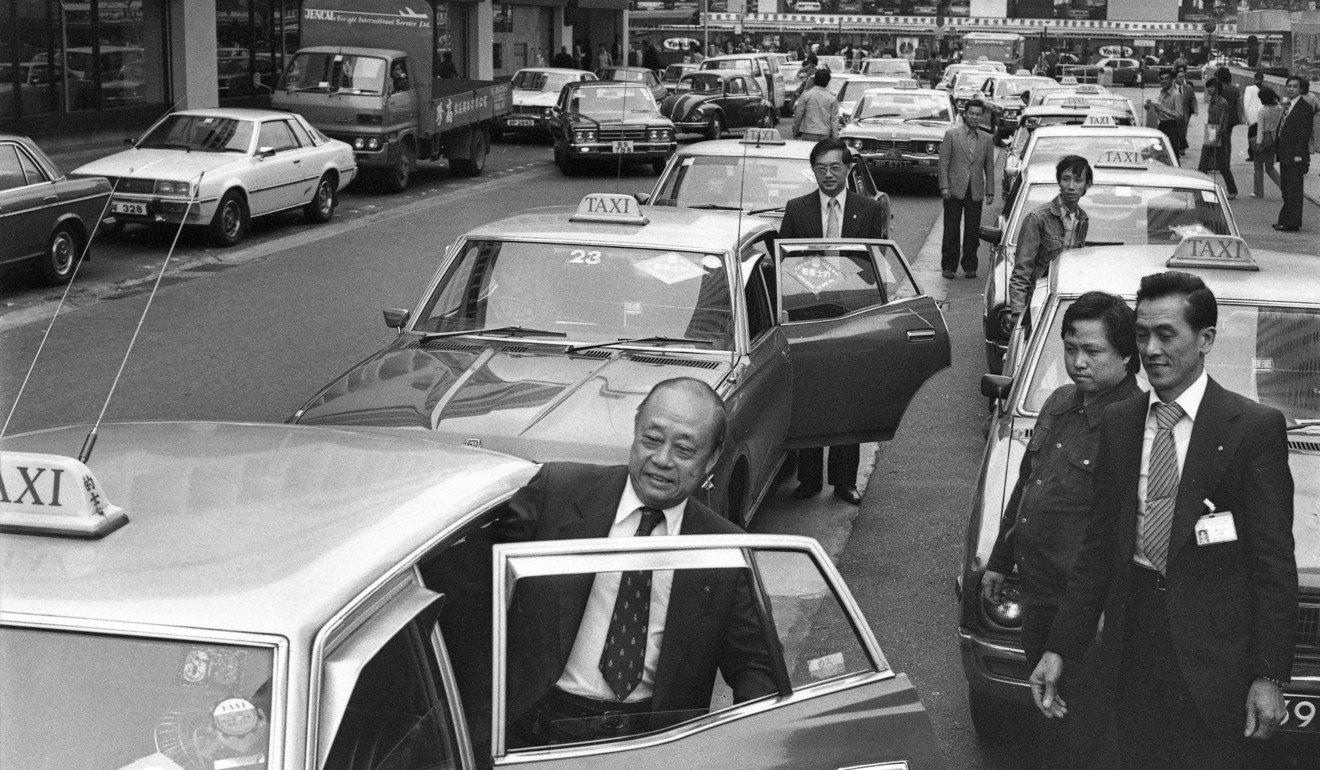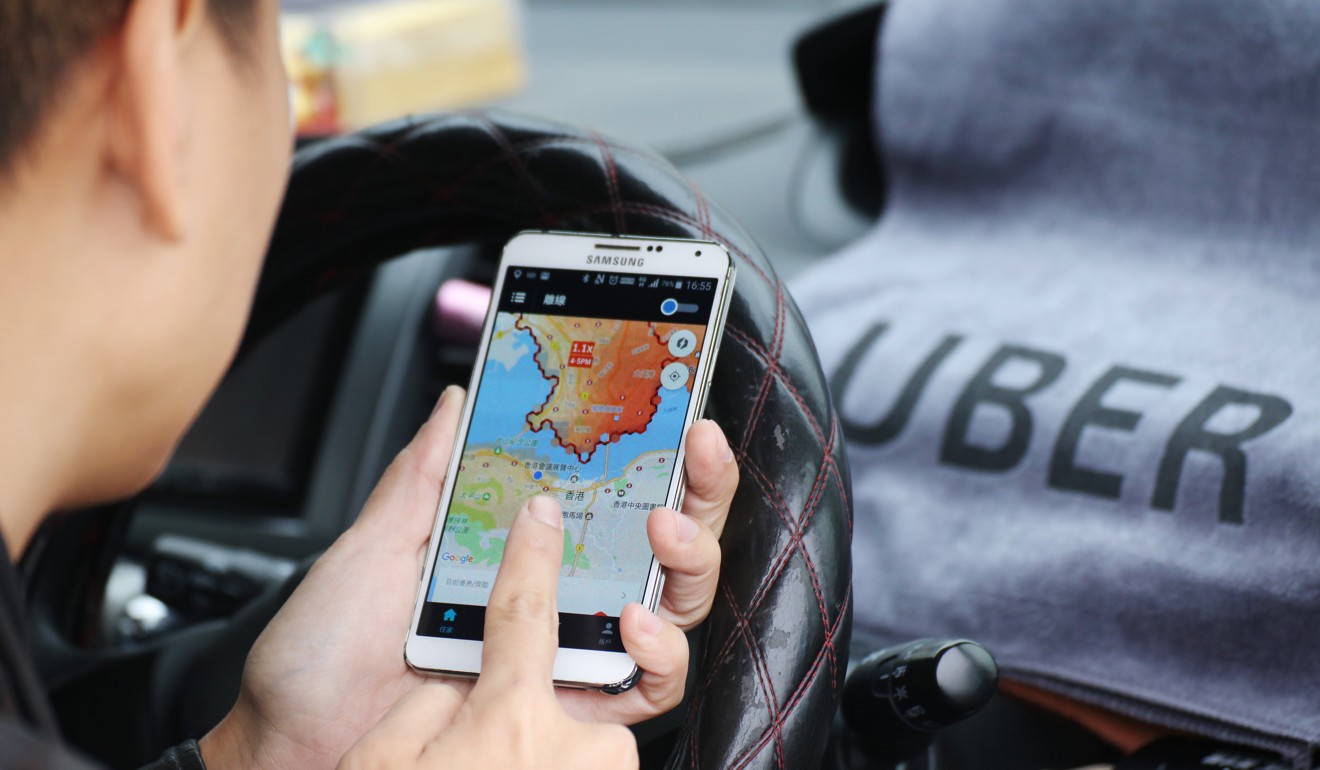
How did Hong Kong’s public transport system become so celebrated?
As the city has grown into the global metropolis we recognise today, its transport systems have similarly evolved with it
Hong Kong is known globally for the ease, efficiency and convenience of its celebrated public transport system which carries millions of people every day across islands, countryside and dense urban areas.
As the city grew from its earliest origins as a secluded fishing village into the global metropolis we recognise today, its transport systems have similarly evolved with it.
Guangzhou-Shenzhen-Hong Kong rail link ‘will be profitable’, city transport chief says
For centuries, Hong Kong was a major entrepôt of the east, acting as a stopping point and exchange hub for ships coming from far and wide. But as for transportation around the city, people mostly relied on unsophisticated methods such as rickshaws and sedan chairs until the introduction of the Peak Tram in 1888, which was followed by other forms of mass public transit.
Over the years, numerous developments in transport have showcased the resourcefulness and creativity of Hongkongers. City Weekend takes a look at some.
Rickshaws and sedan chairs
Sedan chairs, carried by two people on their shoulders, were a common way of getting around the steep stair-laden streets of colonial Hong Kong, and continued being in use until the late 1950s. However, their popularity waned when man-pulled rickshaws were first introduced from Japan in the last decades of the 19th century. Since they only needed one person instead of two to operate, rickshaws proved to be a cheaper and more efficient mode of transport for ordinary citizens. As a result, they were regarded as that time period’s equivalent of a modern-day taxi.

White card and red card taxis
The post-war shortage of public transport in Hong Kong led to the rise of illegal unlicensed taxis called white cards, or bak paai in Cantonese. The name comes from the white colour of their number plates. Citizens operated unlicensed vehicles outside of government regulations, which passengers frequently used to share car journeys in the 1960s.

“Eventually there was no difference between hung paai and bak paai at the time,” Ko says. “It seems to me that the government in those days turned a blind eye to many irregularities including public motor car services.”
But the popularity of bak paai began to decline in the early 1970s, after the government began issuing licences for 14-seat public minibuses in 1969, according to Ko. Bak paai drivers applied for minibus licences, and former bak paai passengers also ended up switching to minibuses.
The number of licensed taxis in the city today stands at more than 18,000, forming a vital part of Hong Kong’s fabric. City taxis are red, while taxis operating in the New Territories are bright green and those on Lantau Island are blue.
Uber

Uber’s business model has also been the subject of controversy in other major cities, where it has been accused of undermining competition from local taxi firms. In London, Uber was stripped of its licence to operate last September after local authorities claimed it neglected passenger safety requirements.
Trams
The iconic Peak Tram was Hong Kong’s first officially established mode of public transport, serving 600 passengers on its opening day in 1888. Up until then, reaching the exclusive Peak area could only be done by sedan chair – an option for the richest of residents and travellers. The tram used to be run on coal-fired steam boilers, until its replacement by electricity in 1926. Now a major tourist attraction, the operators of this steep cable-drawn railway have made sure that the heritage of the uniquely Hong Kong transportation method is still preserved.
Following the success of the Peak Tram, Hong Kong street trams were installed soon after in 1904 to cope with the continuous growth of the city’s population. The initial Hong Kong Island-only route ran from Kennedy Town to Causeway Bay, with a fleet of 26 single-deck tram carriages. Double-decker carriages were introduced in 1912 owing to strong demand. After numerous redesigns over the years, the seventh-generation tram was launched in 2011 to preserve the traditional exterior but with modern fittings inside. The “ding-ding” is still one of Hong Kong’s best-loved and most iconic modes of transport, and remains accessible to all thanks to its cheap ticketing.
Buses
Several Hong Kong private companies started operating public bus routes on both sides of Victoria Harbour in the 1920s, including Kowloon Motor Bus and China Motor Bus. Local demand for bus services skyrocketed during the postwar population boom, and more double-decker vehicles were rolled out in the 1960s as a result. Bus routes also expanded to rapidly developing neighbourhoods such as Wong Tai Sin, Kwun Tong, Chai Wan and Tsuen Wan to keep up with demand.

The last non-air-conditioned double-deckers were phased out in 2011. In recent years, the government has been trialling diesel-electric hybrid buses in a bid to lessen their environmental impact.
MTR

The MTR Corporation finally became privatised in 2000. Until then, it had been wholly owned by the government. Now, it carries over five million passengers a day across its network.
The success and efficiency of Hong Kong’s MTR system has turned it into a model for other newly developed subway systems across the world, particularly in China where the MTR Corporation runs lines in Beijing, Hangzhou and Shenzhen.

